All children exhibit a potential for creativity, just as all children show a potential for intelligence. Unlike intelligence, however, not many children get to live up to their promise for being creative.
This is primarily due to the fact that every child’s creativity is not properly nurtured, says Ashfaq Ishaq, executive director of the International Children’s Art Foundation.
He describes what research has dubbed the “fourth grade slump”, a phenomenon that takes place across different cultures.
Data show that while most children start school with their creativity intact and in full gear, by the time they get to fourth grade they have become more conforming, less playful, less spontaneous, less likely to take risks and therefore less creative.
With education systems that encourage conformity and imitation in learning and standardised tests that emphasise correct answers, this comes as no surprise. Traditional schools and traditional parenting do not foster creativity.
Creativity, simply put, is the ability to generate something new and original. It means having the power to express yourself in your own way. It is not to be confused with intelligence or talent.
There are two dimensions to creativity: one is creativity as expressed through a medium like a painting or a piece of music, and two is creativity as a process, for example, the act of solving a problem.
While we are all born with creativity, keeping it alive is something that needs tender loving care.
For children, a non-evaluative, non-judgmental atmosphere is the key. They need space and respect from the significant adults in their lives to keep coming up with ideas, especially ‘wrong’ ones, which is the essence of creativity.
Kids need help to avoid having a “right answer fixation”. Ideally, adults should adapt to a child’s ideas rather than the other way round. Adults should attempt to see things from the child’s point of view instead of coercing the child to adjust to the adult’s narrow view.
As Albert Einstein said about his schooling experience: “It is in fact nothing short of a miracle that modern methods of instruction have not yet entirely strangled the holy curiosity of inquiry.”
Studies have shown that rewards and incentives interfere with the creative process, because creativity is motivated by internal, and not external, factors. To this end, when dealing with young people, the important thing is to emphasise the process, not the product.
Children also need significant blocks of free time or downtime, during which they can be free to explore possibilities and follow the call of their inner process.
“In a society in which it seems many parents are focused on children developing skills as fast and as early as possible, the value of creativity can be ignored,” observes Virginia Shiller, a clinical psychologist and author of the book ‘Rewards for Kids!: Ready-To-Use Charts & Activities for Positive Parenting’.
The freedom to think, explore and express is another factor in encouraging creativity. Structured materials and structured instructions have been found to reduce children’s creative flexibility.
Young children who think creatively often display a keen sense of humour, offer unusual responses to questions, are non-conforming and are unpredictable.
These types of behaviour, however, tend to go against classroom rules and disrupt classroom time, which get the teachers irritated and annoyed with these kids. But these children are often the ones who will grow up to make a difference.
Freedom to choose is another factor that promotes creativity. Children who are given choices show higher creativity than children who have their choices made for them.
Toys too can help develop creativity in children. For example, basic blocks and building sets are always good for creating any structure imaginable, costumes and dress-ups are great for pretending to be different characters, puppets are wonderful for making up stories and art materials are a brilliant way to express oneself.
Many of the values that we hold to be true and good in the raising of children are in actual fact creativity killers. These include surveillance, evaluation, rewards, competition, over-control, restricting choices and pressure to perform.
Is it not funny then, how we go about snuffing out the creative spark in our children and then clobber them over the head for not being creative enough?
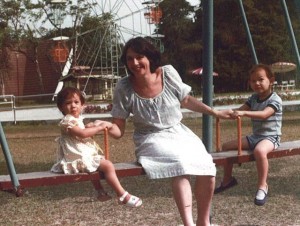
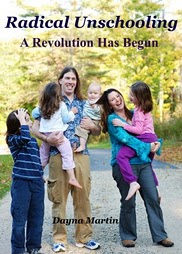
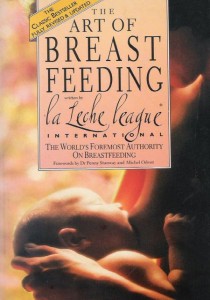
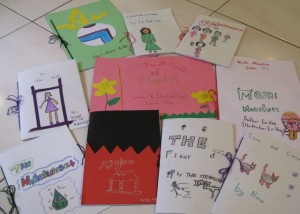
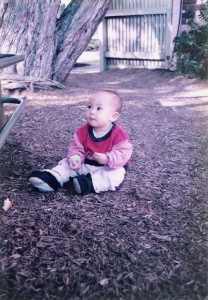





[…] This post was mentioned on Twitter by Mary & Elizabeth, Happy Mothering. Happy Mothering said: Freedom To Be Nurtures Creative Spark In Kids | Parenting Works http://bit.ly/dyWl2y […]